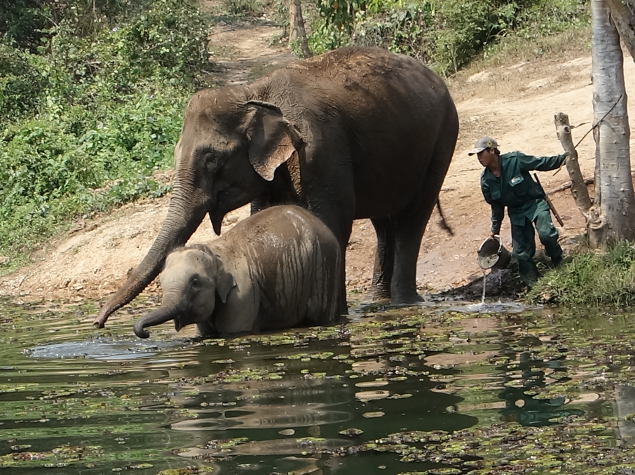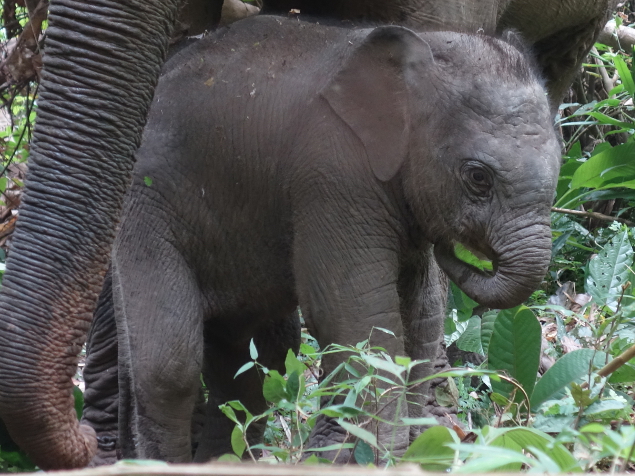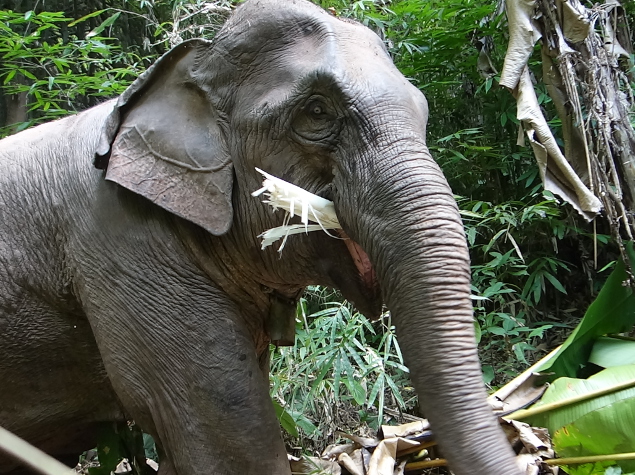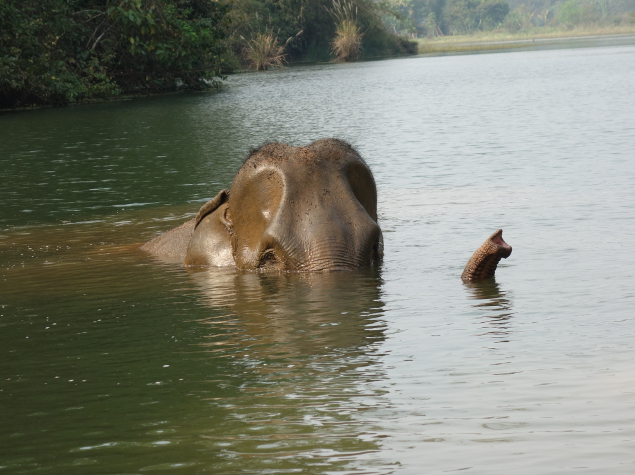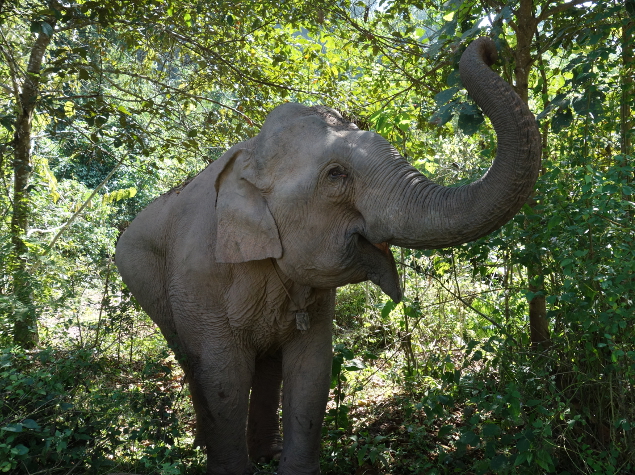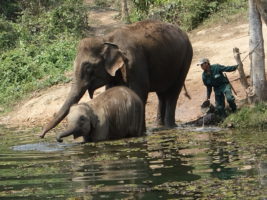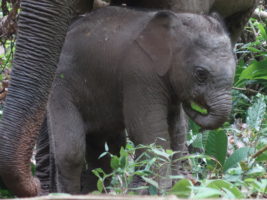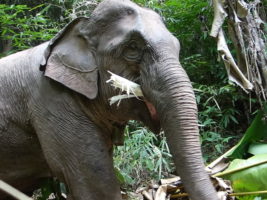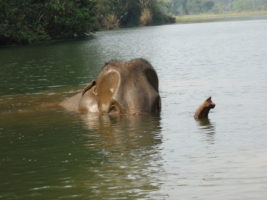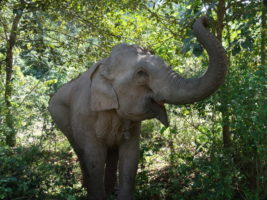Biodiversity and feeding habits of Asian elephants in Laos
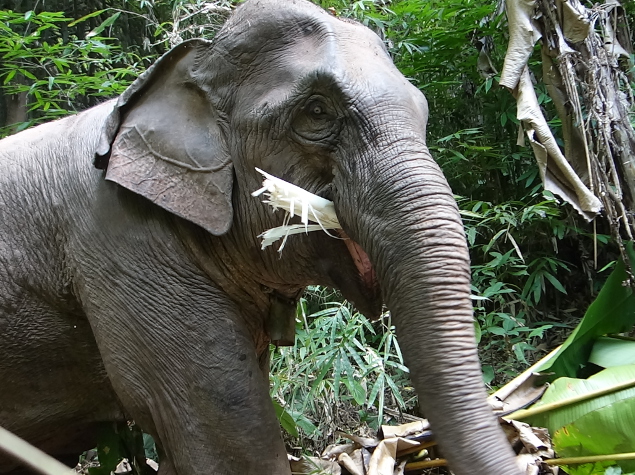
Elephas maximus is classified as an endangered species by the IUCN. In Laos, the population of wild elephants has declined from 3000 animals in 1988 to 800 in 2009, a decline that, according to some experts, is continuing. The rare elephant communities that still exist in the country are threatened with inbreeding because of the dramatic loss of habitat continuity. In order to determine the natural areas that should be conserved and the ecosystems favorable to the reintroduction of elephants, an inventory needs to be compiled of the plants that cover all the nutritional needs of these large herbivores.
The aim of this project, run by IRD (French Research Institute for Development), is to contribute to the health of both wild and domesticated elephants in Laos by establishing a qualitative definition of the plant species that are key to their diet.
The study will be conducted in the province of Xayabury, mainly in the district of Thongmyxay , where the Nam Pouy Protected Area is home to the country’s second largest population of wild elephants. In the populated part of this district, some mahouts have kept their elephants for breeding purposes (the females are left in the forest when in heat to mate with a wild bull elephant), and most of these mahouts have never had the opportunity to pass on their knowledge.
During the period in which the project is supported by Fondation Ensemble, it is planned to:
- Create an inventory of the plant species on which the elephants feed and document the contexts in which they are eaten: normal diet, diet in relation to their life cycle, occasional consumption associated with physiological disorders. Define the optimal habitat areas for elephants in terms of the key plant species identified and the ecosystems in which they grow so that the forestry authorities can demarcate priority conservation areas.
- Obtain fuller information on the ecosystem services elephants provide through the inventory of plant species whose seeds and fruit they eat and subsequently play a major role in propagating widely via their dung.
- Document the elephant health care practices followed by former mahouts, particularly their use of medicinal preparations resulting from observation of the elephants’ choice of specific plants on the basis of their state of health. Make this information available – in the form of educational materials – to newly recruited young mahouts in tourist centers
This project will also enable a healthy captive elephant population to be maintained as their gene pool is essential for strengthening wild elephant populations.
Final report summary:
Optimal habitat areas for elephants were defined through inventories of species consumed by the pachyderm. Through interviews conducted with mahouts during organized walks in the forest, 114 species were inventoried and 204 samples collected and then placed in herbaria.
The inventory of species that the pachyderm helps to propagate through its droppings could not be carried out because the concession of the study area, granted to the NGO partner, has not been renewed. Besides this, a master’s student examined the presence of pathogens and parasites in the feces of domestic elephants.
Meetings were held with the mahouts in order to ensure consistency between their knowledge and field elements. A brochure mockup featuring all of the information gathered has been provided to the Elephant Conservation Center.
A video presenting the project was produced as well as various online publications. The next step will be to form a group, with one or two coordinating mahouts who will have the role of gathering and disseminating new knowledges that the mahouts from the center can bring, to feed the information pool already created.
Check out a video introducing the item 3 of this project:

